Leg exercises aka training legs, whichever you choose, fill even the most enthusiastic gym-goer with trepidation, and for good reason. The recovery period is longer, more painful, and exhausting. Results, being slow to materialize, are not as satisfying in the short term. Since they often recruit multiple muscles, leg exercises can be more taxing than most upper-body moves. And when your wheels do finally appear to grow, they’re hidden under jeans for 90% of the year. Great.
With so many compelling reasons to skip leg day, why bother at all? Well, since you asked…
Is Important To Train Legs? Why Training Legs Is So Important
First and foremost, leg exercises target some of your body’s biggest muscles – the largest being your glutes – the foundations on which your fitness is built. Training legs means burning more calories, elevating your T-levels, boosting your big lifts, improving your mobility, and, of course, building strength, power, and mass.
You might not know it, but leg exercises are also critical to brain and nervous system health. Your wheels send important signals to the brain that help produce neural cells (essential for handling stress and adapting to challenges) in particular during weight-bearing exercise, research published in Frontiers revealed.
Why You Shouldn’t NEVER ever Skip Leg Day
On the flip side, skipping leg day one too many times can make you unbalanced and more susceptible to injury.
Need more convincing? How about this: performing single-leg exercises, like the Bulgarian spilt squat, pistol squat, and single-leg curl listed below, won’t just good give you powerful legs, it’ll also help you to engage your core muscles and to develop better balance. If you’re already injured moves like these are good for rehabilitation, since working one side of the body can stimulate the same muscles on the other side of the body too.
Like it or not, leg day is going nowhere, so logic dictates you should make full use of it. And when it comes to building muscle size, regularly changing exercises is just as effective as increasing the intensity of your workout, according to a study published in the Journal of Strength and Conditioning.
So don’t be all mouth and no trousers – hit the refresh button on your lower body routine with 10 of the best leg exercises below.
With so many choices of how to train the lower body, it’s no wonder that so many lifters feel overwhelmed and skip leg day entirely. (That’s your excuse, right?)
This list will give you clarity, but you’ll still have to work! Almost across the board, multijoint or “compound” exercises top this list. Why? In addition to recruiting more muscle mass, these exercises generate a greater release of the muscle-building hormones testosterone and growth hormone. Here are the other standards we used to make our selections:
- Ease of learning and performing
- Total muscle stimulation and intensity
- Popularity among diehard lifters and bodybuilders (This matters!)
- Availability of equipment in commercial gyms
Build around these movements, and you can create more efficient effective leg workouts. And with three complete workouts we’ve included for you, you have no more excuses. Get educated and get to work!
The 10 Best Leg Exercises You MUST Incorporate In Your Leg Training
Barbell Back Squat
Why Barbell Back Squat Is On The List: Squats are king because they’re the most challenging leg movement you can do. They work all the lower-body musculature and have been shown to spike muscle-building hormone release. In fact, squatting before doing curls has even been shown to significantly improve arm strength! Don’t laugh: Powerlifter and bodybuilder Layne Norton, Ph.D., pairs the two moves in his Legs and Arms Blast workout.
High bar or low bar? That’s up to you and your goals. High bar, where the bar rests atop the traps, hits all the leg musculature fairly evenly. Low bar, a favorite of powerlifters, targets the glutes and allows you to lift more weight. Not sure which? Choose the variation that allows you to squat deeper, more comfortably, and without excessively rounding your back.
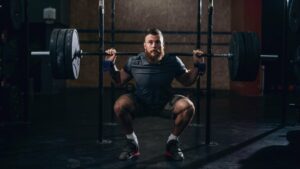
Check Out Our List Of The Best Supplements For Building Muscle, Shredding Muscle, Recovery, And Great Health, and Wellness Products! Purchase ifbnewsfeed.org‘s apparels Here: ifbnewsfeed.org
- A1Supplements.com – America’s Favorite Supplement Store.
- Shop Optimum Nutrition Energy: Anytime & Pre-Workout
- A1Supplements.com – Lose Fat, Gain Muscle!
Back Squat Variations for Leg Development:
In your workout: For leg growth, do this movement first with several light warm-up sets, pyramiding up in weight, before attempting your heaviest weight for multiple sets. Classic rep schemes like 5×5 or 3×8-10 work great. Don’t be afraid to belt up if you’re going heavy.
Barbell Front Squat
Why Barbell Front Is On The List: Shifting the bar from the back to the front of the body changes your squat dramatically. Front squats emphasize the quads over the glutes and hams, which means you’ll sacrifice some of the load. It also helps you maintain a more vertical torso position, which can help increase the squat depth and perhaps decrease the risk of lower back injury. Front squats also demand—and build—serious upper back and core strength. Those benefits also apply to variations like dumbbell front squats and goblet squats. Think you’re too strong for goblets? Strength coach and physical therapist John Rusin request that you do half your bodyweight for 20 reps and reconsider.
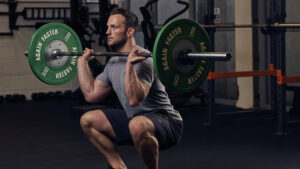
Front Squat Variations for Leg Development:
- Barbell front squat
- Frankenstein squat
- Goblet squat
- Dumbbell front squat
- Kettlebell front squat (single, double)
In your workout: These are brutally hard, so do them first, when your energy levels are highest, for 3-4 sets of 6-10 reps. Favor the lower end if you’re looking to build strength.
Olympic Lifts: Snatch And Power Clean
Why Olympic Lifts Is On The List: Movements like snatches and power cleans take some serious dedication and technique to master, but they can be unrivaled when you are trying to improve jumping power for sports or even squat strength. In fact, one study found a nearly 18 percent greater improvement in squat 1RM after following an Olympic-based program compared to a traditional powerlifting program. While the rep ranges for these lifts aren’t usually in the “golden” range for hypertrophy, a large amount of muscle mass used and higher intensities may still increase testosterone release. If you’re just learning, there are plenty of progression lifts to help you get to the full lifts.
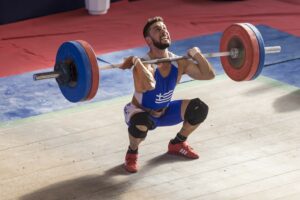
Olympic Lift Variations for Leg Development:
- Barbell power clean
- Barbell hang clean
- Barbell snatch
- Barbell snatch pull
- Dumbbell clean
- Dumbbell hang snatch
In your workout: These exercises require absolute concentration on technique and body position. They should be your very first exercise of the day, and if you’re getting serious or going heavy, investing in some knee sleeves is a good idea. Stick to reps of 2-3, and add volume by doing more sets, moving up from 3-8. If you’re not ready for the real-deal lifts but want the same benefits, check out Lee Boyce’s article, “Olympic Lifts for the Rest of Us.”
Deadlift
Why Deadlift Is On The List: Deadlift variations are rightfully considered whole-body exercises, specifically for the posterior chain. But research has shown that along with the hamstrings and glutes, they definitely hit the quads, as well—especially if you pull with a wider or sumo-style stance.
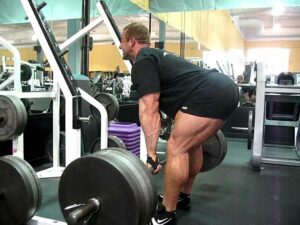
Deadlift Variations for Leg Development:
In your workout: For bodybuilders, the deadlift is commonly trained as part of the back day. If you’re training it with legs, you probably won’t be able to go too heavy—keep the reps moderate, at least 5-8 reps per set, hit them after squats, and stop each set short of failure.
Split Squat
Why Split Squat Is On The List: Done right, split squats—particularly rear-foot-elevated or “Bulgarian” split squats—are devastating to your legs. In fact, EMG evidence suggests that 4 sets using your 10-rep max with Bulgarians create similar quad activation to back squats. The same study also found similar testosterone responses between Bulgarians and back squats! Nevertheless, split squats are deceptively difficult, partly because of balance and partly because you’re training one side at a time. And when you raise your rear foot in a so-called Bulgarian split squat, everything gets tougher. If the balance is holding you back, you can just drop your back foot, hold onto a stable object, or even perform them in the Smith machine.
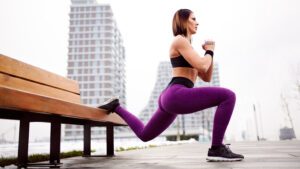
Split Squat Variations for Leg Development:
- Barbell Bulgarian split squat
- Dumbbell Bulgarian split squat
- Smith machine Bulgarian split squat
- Dumbbell split squat (rear foot down)
In your workout: These work best toward the middle of a leg session. Do 3-4 sets of 8-12 reps per leg, and go for close to muscular failure on each set. If you really want to bring up the intensity, try bodyweight Bulgarians with blood flow restriction (BFR).
Hack Squat
Why Hack Squat Is On The List: A knock against machine-based leg exercises is that the hormone boost they generate just doesn’t compare to free weights. But that’s not a reason not to do them! It just means do them later in your leg workout when you’re already fatigued. One of the primary benefits of the hack squat is that you can manipulate foot placement, which is why fitness model Julian “The Quad Guy” Smith considers them one of his signature moves for legs. A high placement allows you to descend farther, which emphasizes the glutes and hamstrings. A lower placement means the quads take up a greater percentage of the workload. It’s also easier to use advanced intensity techniques like forced reps and dropsets, because you can change weight quickly and aren’t balancing a barbell.
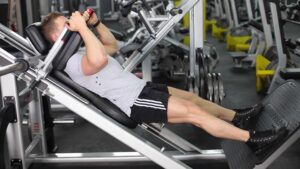
Hack Squat Variations for Leg Development:
In your workout: Hack squats are typically done after free-weight exercises and before single-joint leg movements. The sweet spot is somewhere around 3 sets of 8-12 reps, although if you’re following a program built by a hack devotee like Kris Gethin in his 8-Week Hardcore training plan, you can expect that to go up to 20-30 reps and beyond. Consider yourself warned!
Lunge
Why Lunges On The List: Like all the movements listed thus far, lunges involve hip and knee extension, which gives you the stimulus for both the thighs and glutes. Another advantage: They can be done weighted in traditional muscle-building rep ranges, with dumbbells or a barbell, or with bodyweight alone for higher reps.How high? That’s up to you—and your program. Strength and muscle-building coach Paul Carter’s bodyweight program Jacked at Home starts off a workout each week with triple-digit walking lunges. You read that right. Give it a try if you want to see how thin the line between strength training and cardio can be.
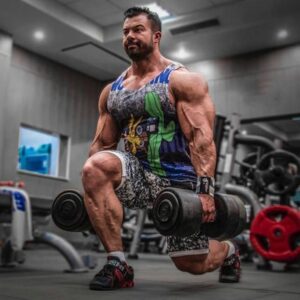
Lunge Variations for Leg Development:
- Walking lunge (barbell, dumbbell, bodyweight)
- Forward lunge (barbell, dumbbell, bodyweight)
- Reverse lunge (barbell, dumbbell, bodyweight)
- Curtsy lunge
In your workout: In a traditional leg day, do 3 sets of 8-20 reps per side, going higher the later it is in your routine. As you reach muscle failure, jettison any weights and do a few more reps without them, like you would in a dropset.
Leg Press
Why Leg Press Is On The List: Leg press vs. squat is a classic weight-room debate, but one that misses the point. Strength coach and physical therapist John Rusin explains why in his article, “Don’t Do High-Rep Squats, Deads, and Bench! Do These Instead.” Squats are for doing early in a leg workout and going heavy, he explains, and leg presses are for doing afterward for high reps. Sounds like a recipe for leg growth to us! Like hack squats, the leg press allows for a variety of foot positions to target the outer quads, inner quads, glutes, or hamstrings. Just be careful not to lower the sled too far! This common mistake will lift your glutes up off the butt pad and cause your lower spine to curl. A rounded back puts you at risk for an injury.
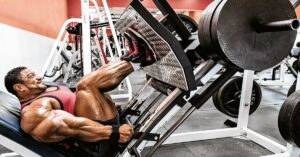
Leg Press Variations for Leg Development:
In your workout: You can’t go wrong with 3-4 sets of 8-12 reps. Occasionally, when the pre-workouts are flowing, do a few epic sets of 20-30 reps or more. This exercise also goes exceptionally well with intensity-boosting techniques such as rest-pause, dropsets, or forced reps.
Romanian Deadlift
Why Romanian Deadlift Is On The List: This upper hamstrings/glute exercise is unlike most others because you can go heavy on it without the risk of pulling from the floor. Plus, since the hamstrings contribute to both bending the knee and extending the hips, it’s a great lift to build powerhouse hamstrings for athletes and heavy lifters. Unfortunately, RDLs are vastly underutilized in most lifters’ workouts, particularly women, which is why personal trainer and competitive lifter Cassie Smith recommends it as one of her 5 Lifts Every Strong-Ass Woman Needs.
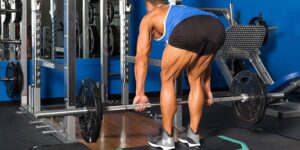
Romanian Deadlift Variations for Leg Development:
- Barbell Romanian deadlift
- Dumbbell Romanian deadlift
- Kettlebell Romanian deadlift
- Banded dumbbell Romanian deadlift
- Single-leg Romanian deadlift
In your workout: Do the Romanian deadlift as the first hamstring exercise in your workout. When in doubt, stick to 3 sets of 8-12 reps, paying particular attention to good form and reaching back with your hips. Grip holding you back from going heavy? That’s why lifting straps exist.
Leg Curl
Why Leg Curl On The List: What makes this single-joint machine move worthy of being listed among squats and deadlifts? Because too many lifters think those two exercises are “enough” for their hamstrings. They’re definitely not! In his article, “A Scientific Approach to Hamstring Training,” muscle-building expert Brad Schoenfeld, Ph.D., conclusively makes the case that for balanced, strong hamstrings you need curls, too. Specifically, the lower hamstrings are activated dramatically more during seated leg curls than deadlifts—even stiff-legged deadlifts. You wouldn’t skip curls during an arm workout, would you? Don’t make the same mistake for your legs.
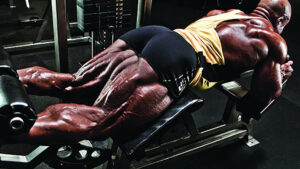
Leg Curl Variations for Leg Development:
- Seated leg curl
- Lying machine leg curl
- Lying cable leg curl
- Standing cable leg curl
- Exercise ball leg curl
In your workout: Keep it simple: 3-4 sets of 8-12 reps, coming close to muscle failure. This is a low-risk, high-reward move, so occasionally add in some slow negatives or dropsets to make it more intense.
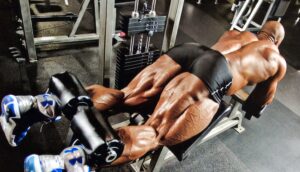
- Hormone Replacement Therapy regimen For Men and women
- Hormone Blood Testing for Men (Bodybuilder Blood Testing)
- Shop Optimum Nutrition Energy: Anytime & Pre-Workout
For More News And Daily Updates, Follow IFBNewsfeed.Org on Facebook, Twitter, and Instagram. Comment, Like, And Share With Everyone Who May Need To Be Updated With The Most Recent Fitness/Bodybuilding/Powerlifting And CrossFit News.
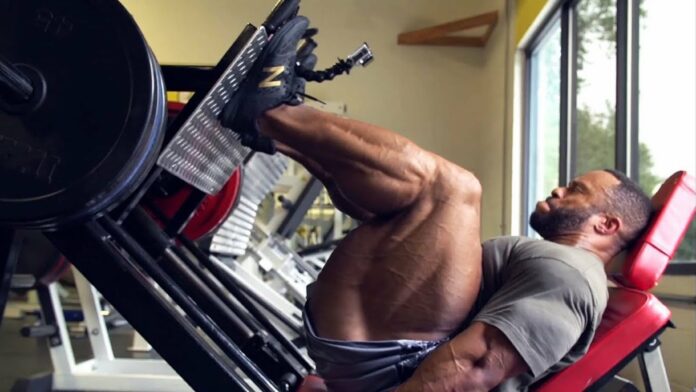
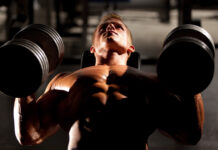
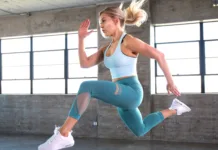
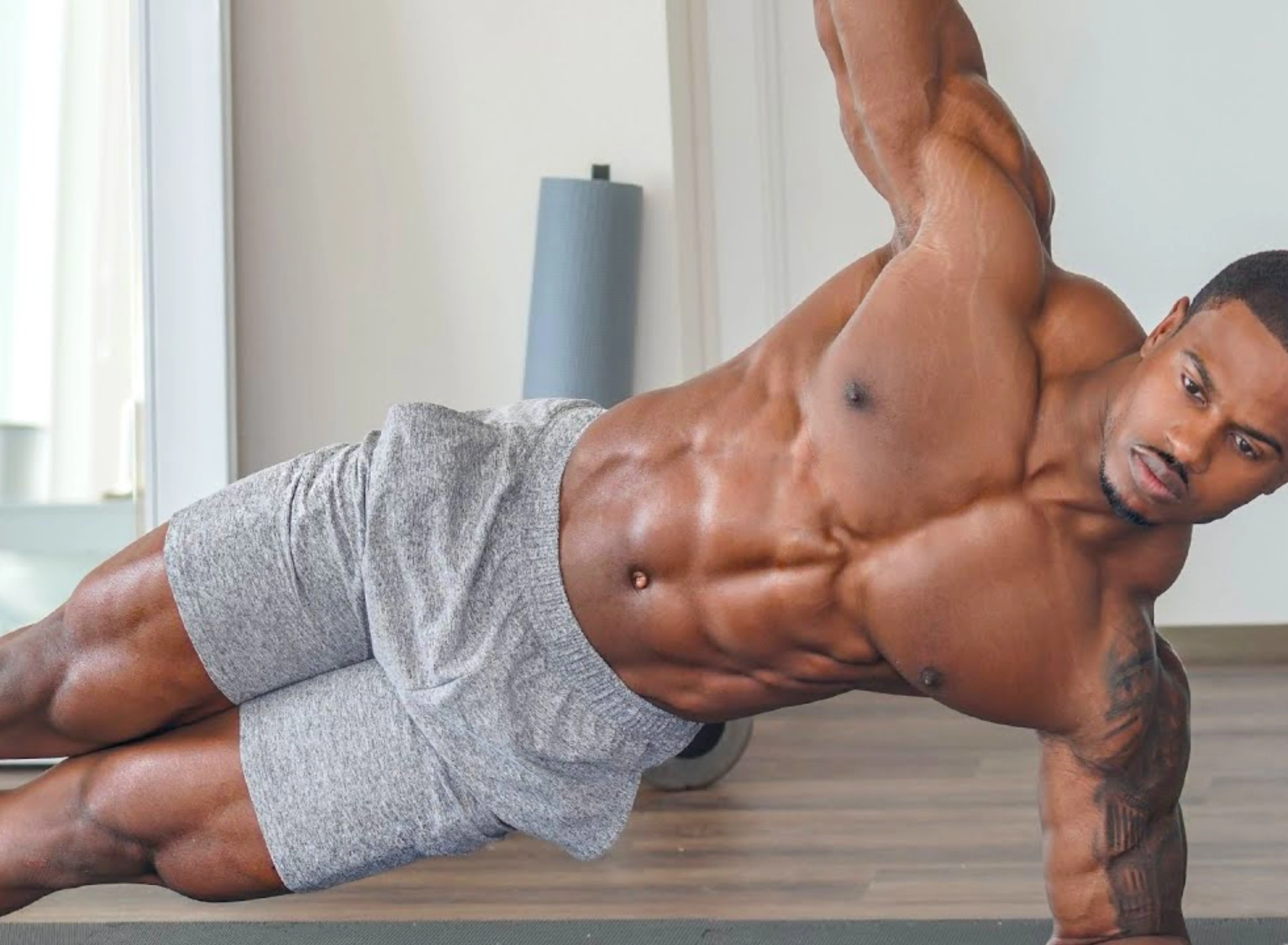
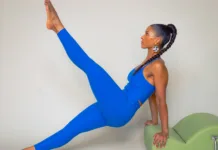
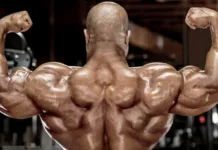
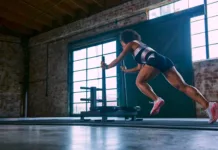
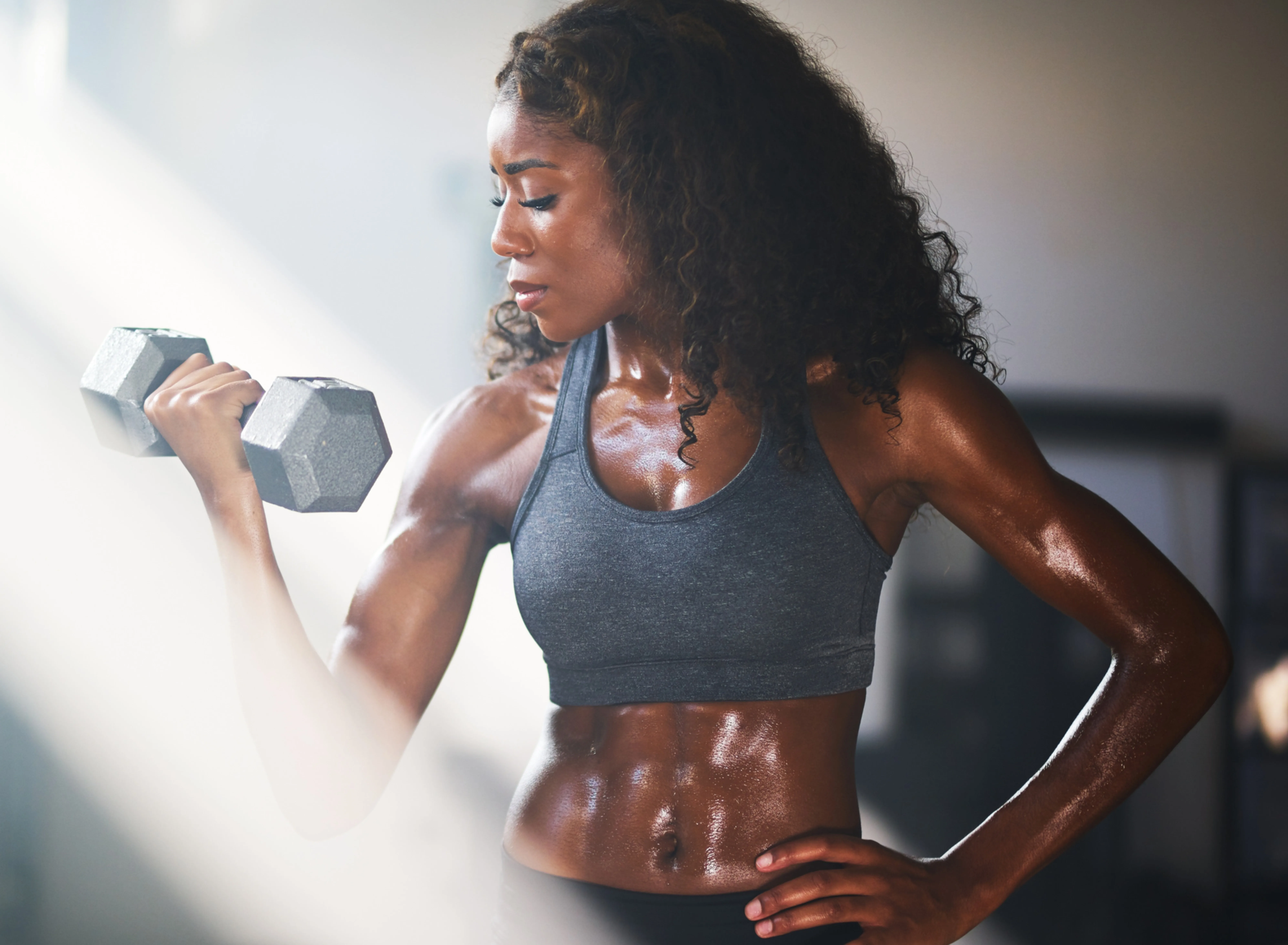
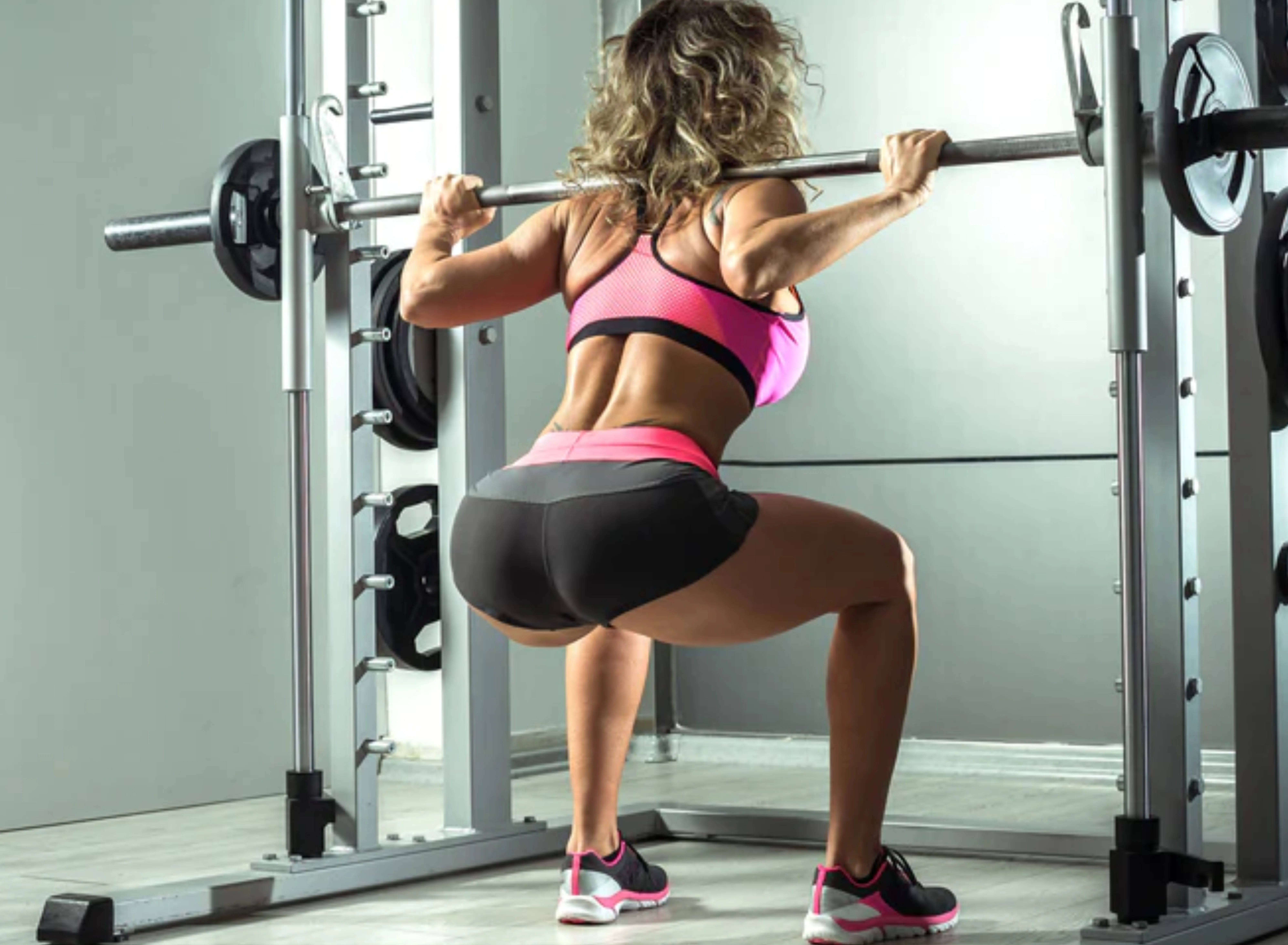
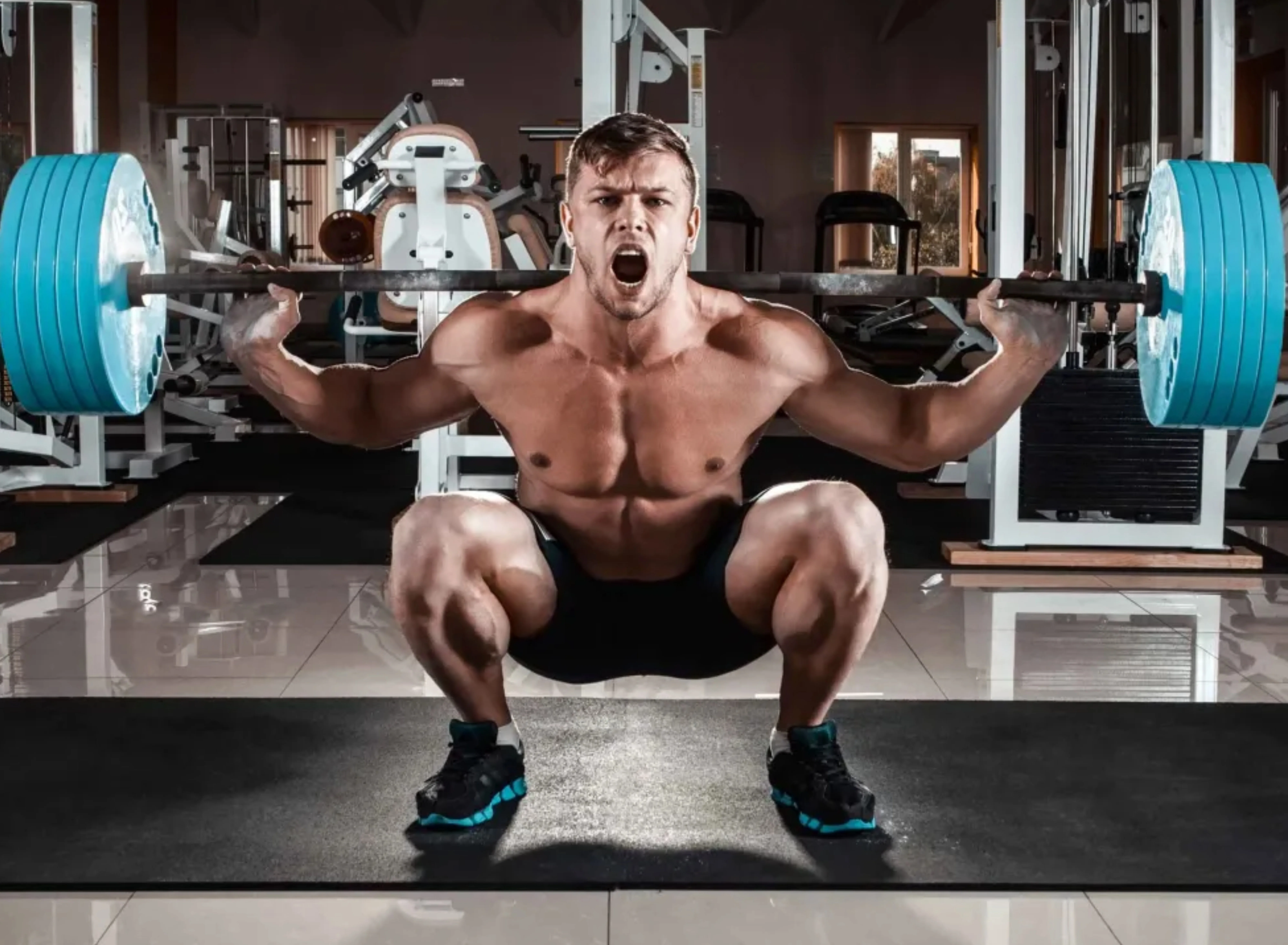


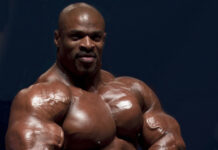




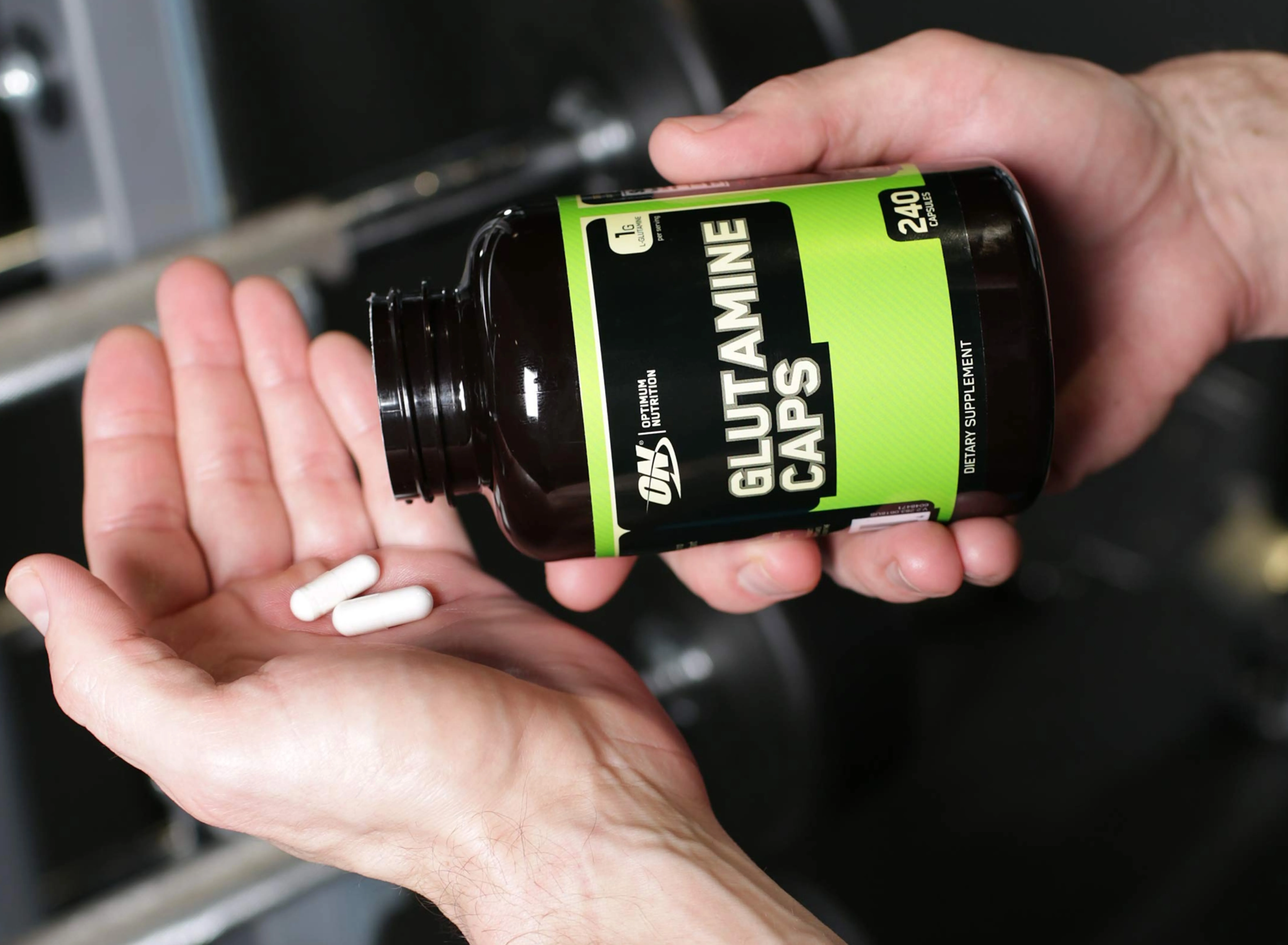
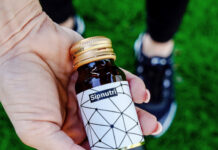
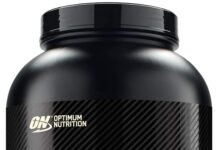

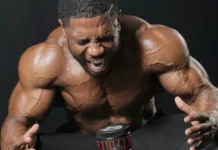
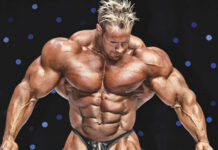
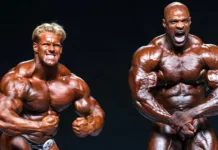
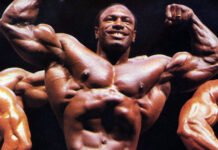
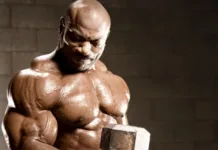

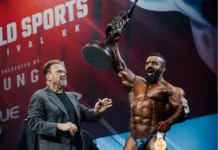
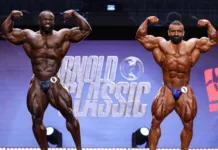
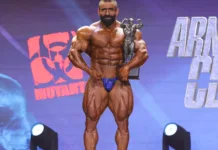
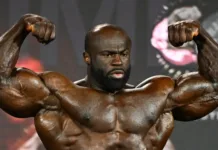
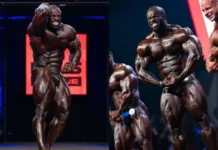
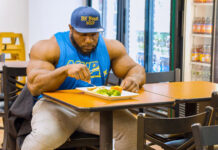



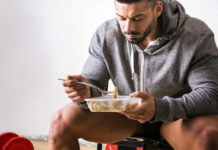
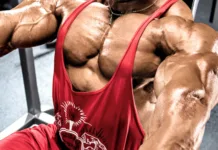
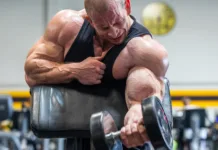
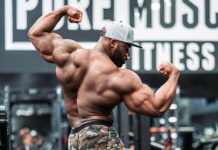
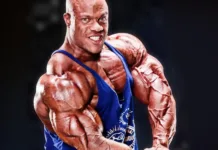
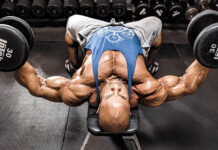

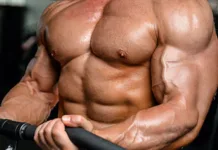

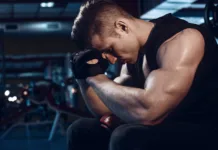
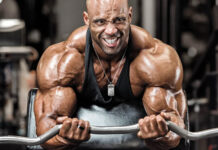




[…] lean protein 15 to 20 minutes before, during, and within one hour of working out may help improve muscle gain. Since you are probably not going to be eating a steak or chicken breast at the gym, a protein […]